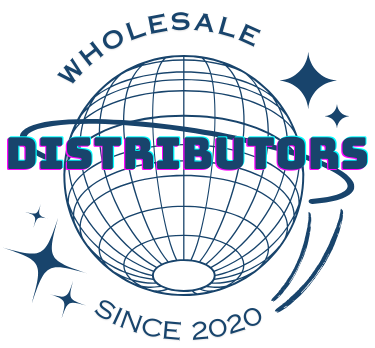
When it comes to e-commerce, the competition is fierce. Everyone’s looking for an edge—and that’s exactly where wholesale on Amazon comes in. For smart sellers, wholesale is more than just a way to stock up—it’s a strategy that brings in profit, stability, and scalability. In this article, we’ll explore why wholesale is the secret weapon every Amazon seller should be using.
What is Amazon Wholesale?
Amazon wholesale is the process of purchasing products in bulk directly from trusted wholesale suppliers in the USA and reselling them on Amazon for a profit. Unlike private labeling, where you create your own brand, wholesale involves selling existing brands that are already in demand.
Why It Works:
- Access to trusted, established brands
- Lower upfront investment compared to private label
- Predictable demand and faster sales
- Quick entry to the market
Benefits of Selling Wholesale on Amazon
1. Stability and Predictable Income
Selling well-known products from top wholesale suppliers in the USA helps reduce risk. You’re not trying to build demand—you’re tapping into it.
2. Faster Launch Times
You don’t need to create a brand, design packaging, or develop a marketing campaign. Just find a wholesaler in the USA, buy inventory, and list it on Amazon.
3. Scalable Business Model
As your sales grow, so can your inventory. You can gradually expand by working with more distributors in the USA and sourcing across categories like groceries, household, and health.
Best Product Categories for Wholesale Success
Some of the highest-performing categories for wholesale on Amazon include:
- Grocery & Gourmet Food — Work with grocery distributors in USA
- Health & Personal Care — Source from health and household distributors
- Home Improvement Tools
- Baby Care Products
These categories offer consistent demand and a broad consumer base.
How to Find the Best Wholesale Suppliers
The key to winning with wholesale is finding a trusted wholesale supplier in the USA who can deliver quality products on time. Here’s how:
- Attend trade shows or virtual wholesale expos
- Use wholesale directories like SaleHoo or Worldwide Brands
- Look for suppliers with transparent pricing and positive reviews
Must-Have Traits:
- Verified business license
- Strong communication
- Low minimum order quantities
- Fast shipping capabilities
Tips for Smart Wholesale Selling on Amazon
1. Start Small, Then Scale
Don’t jump in with massive inventory. Start with small batches to test what works, and scale from there.
2. Use Amazon FBA
Fulfillment by Amazon (FBA) handles your storage, shipping, and customer service—so you can focus on sourcing and selling.
3. Track Profit Margins
Always account for Amazon fees, shipping, and supplier costs. Use tools like SellerBoard or InventoryLab to stay profitable.
4. Optimize Listings
Even if you’re reselling existing products, ensure the listings you use are well-optimized with keywords, clear images, and strong bullet points.
The Competitive Advantage of Wholesale
Smart sellers know that wholesale isn’t just a sourcing method—it’s a strategy. With the right distributors in USA, you’ll get access to inventory before your competitors. You’ll also be able to:
- Replenish stock quickly
- Negotiate better pricing over time
- Secure exclusive distribution rights
Wholesale Success Stories
Thousands of Amazon sellers have scaled their businesses through wholesale. Many started with limited budgets and grew their operations into full-time income sources. They did this by partnering with the best wholesale suppliers and focusing on what already sells.
Final Thoughts
Wholesale is truly the secret weapon of smart e-commerce sellers. By leveraging partnerships with top wholesale suppliers in the USA, you get access to proven products, better pricing, and a scalable business model. Whether you’re just starting or looking to grow, wholesale gives you the edge you need to succeed on Amazon.


